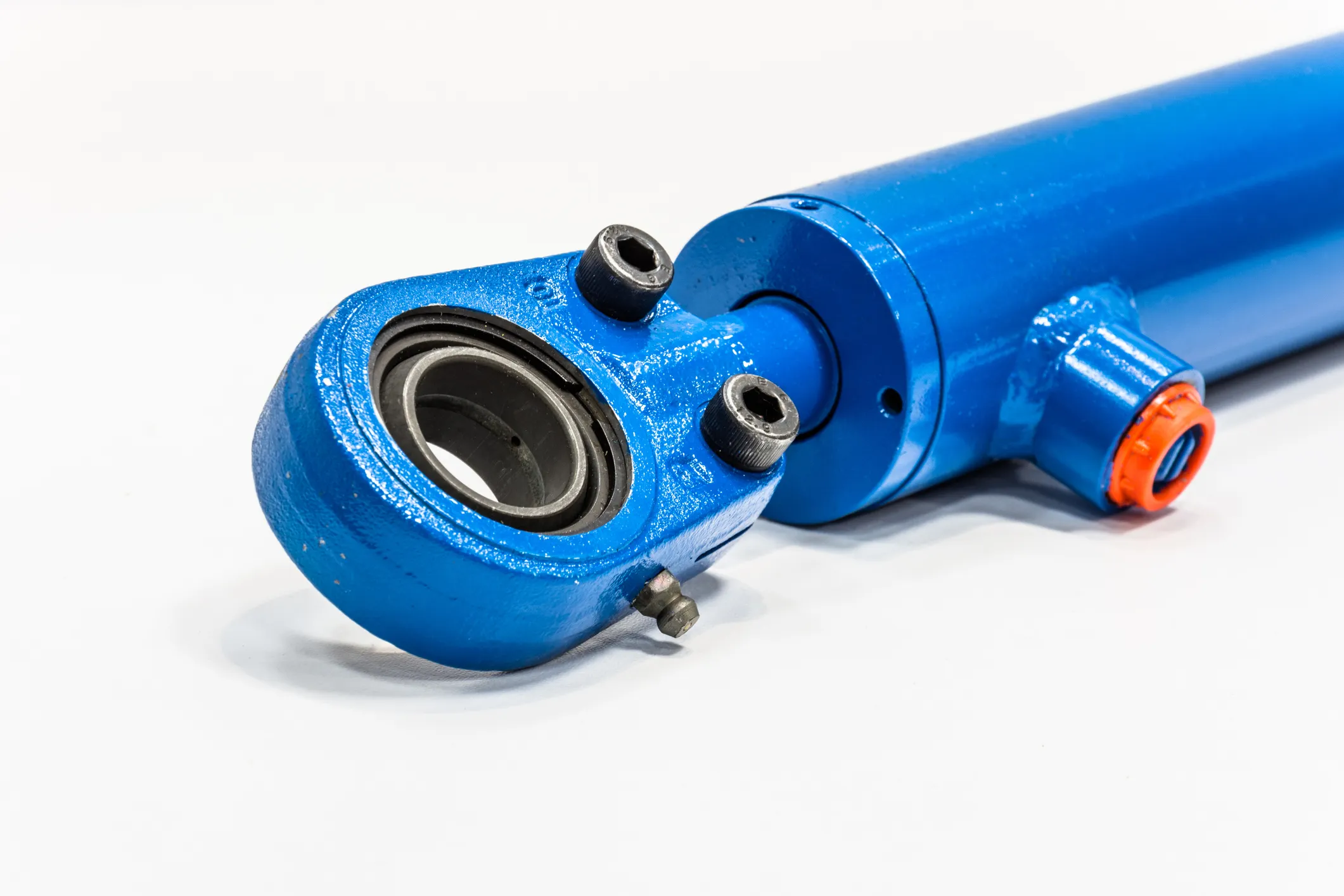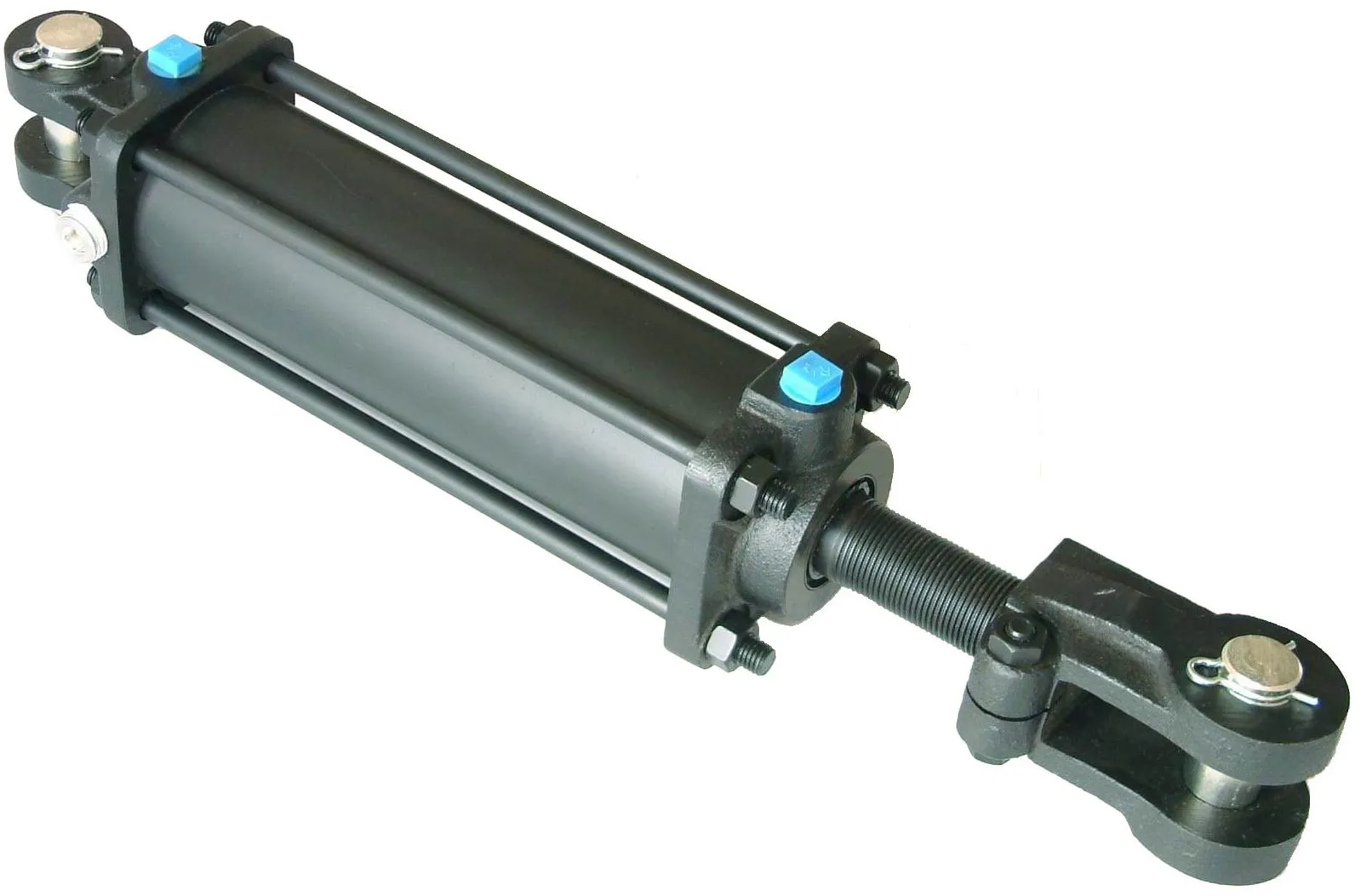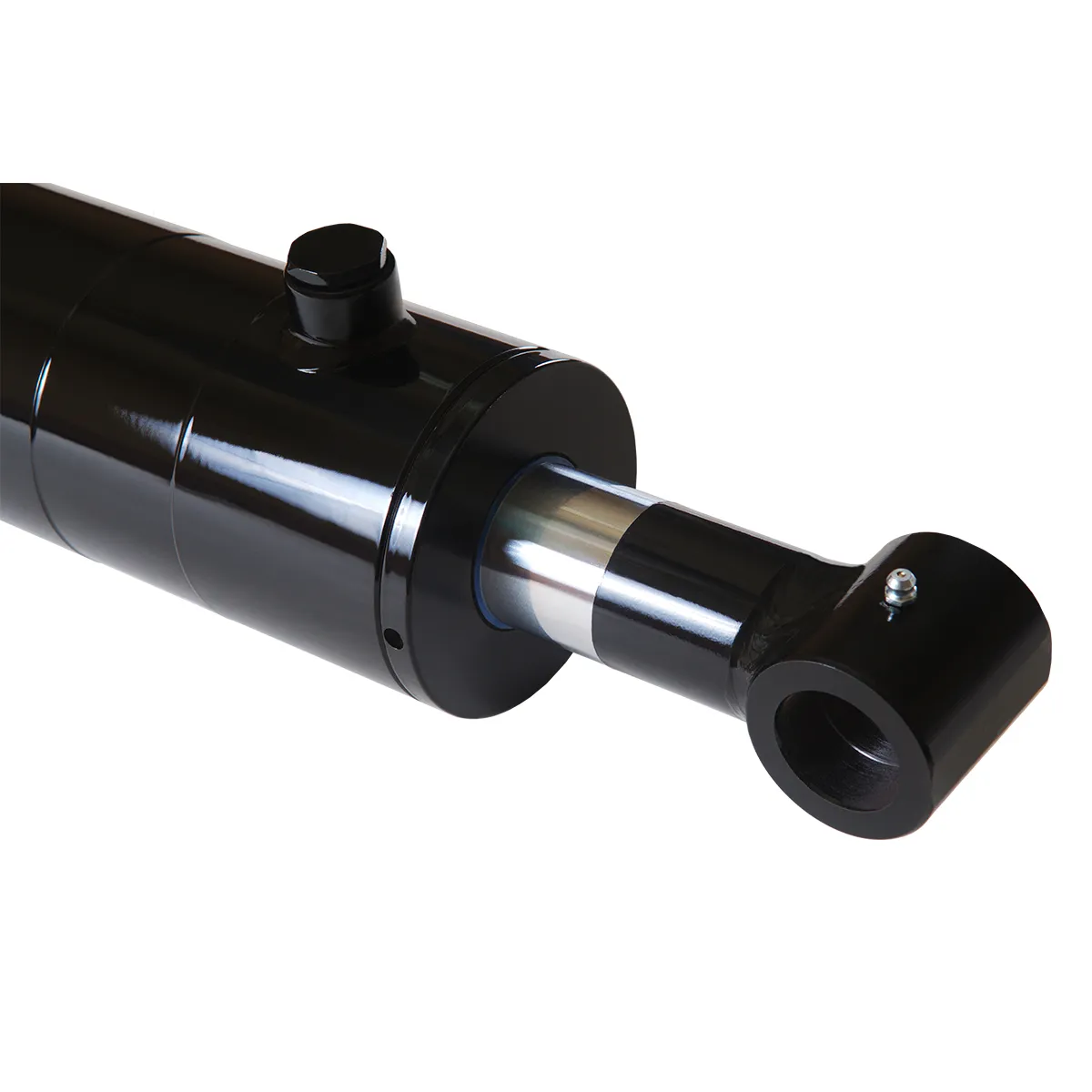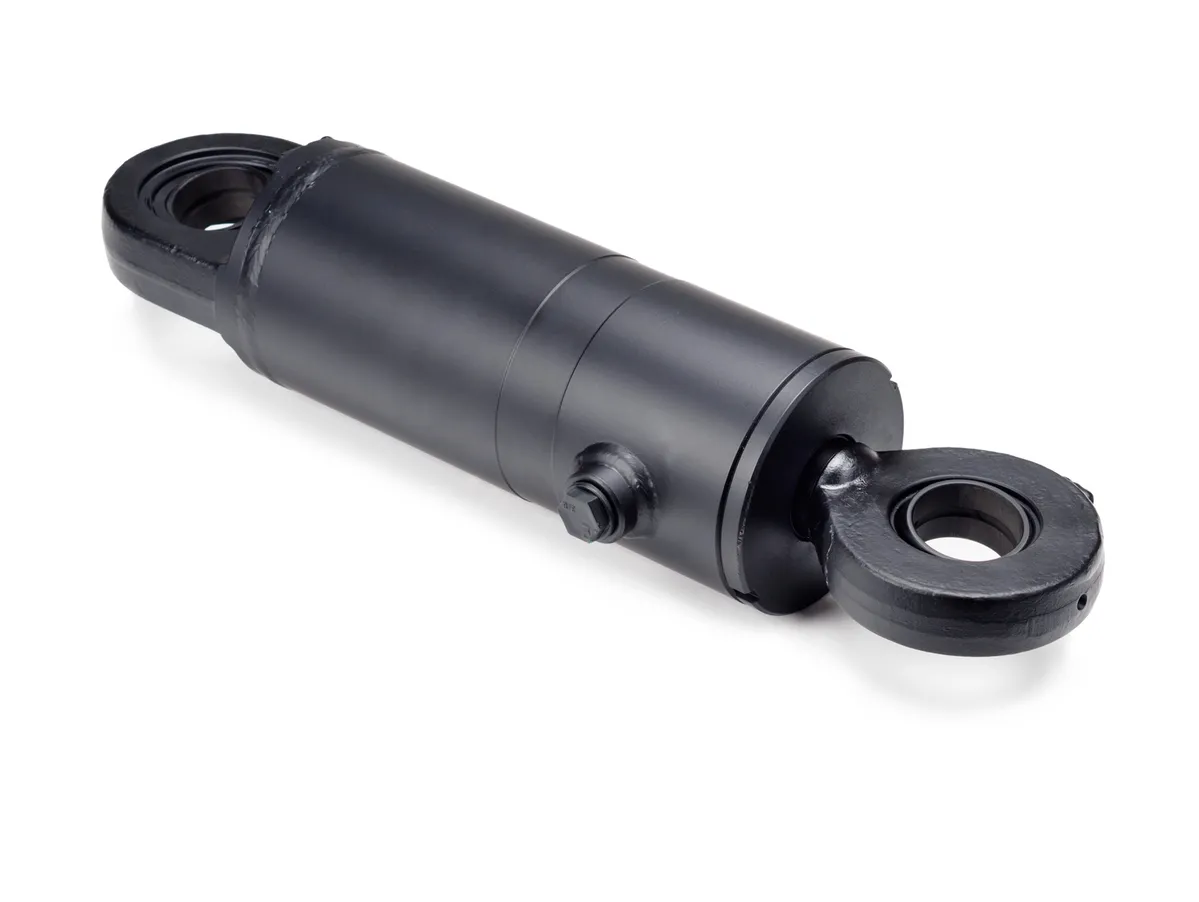Unlocking the Potential: Locking Single-Acting Hydraulic Cylinder in Industrial Safety Systems
Introduction
The locking single-acting hydraulic cylinder is a crucial component in industrial safety systems, designed to work under hydraulic pressure in one direction and equipped with a locking mechanism to prevent movement in the absence of pressure. Let’s delve deeper into the design, construction, and working principle of this innovative cylinder.
Design and Construction Characteristics
Locking Mechanism – Safety
The main feature of the locking single-acting hydraulic cylinder is its locking mechanism, ensuring that the piston remains securely in place even when hydraulic pressure is lost. This mechanism can take the form of a mechanical lock or a hydraulic lock, providing an extra layer of safety.
Variety
The design of the locking mechanism can be customized to suit specific applications, with options like spring-loaded locking devices, pin locks, or other mechanical locks. This versatility makes the cylinder adaptable to a wide range of industrial needs.
Compact Structure – Space Optimization
Locking single-acting hydraulic cylinders are engineered to be compact, making them ideal for use in confined spaces. Their design allows for easy integration into various equipment and machinery, ensuring optimal performance.
Precision Manufacturing – High-Precision Machining
Strict quality control measures are employed during the manufacturing process to guarantee precision machining of components. This attention to detail ensures a perfect fit and superior sealing performance, minimizing the risk of leakage.
Assembly Process – Specialized Assembly
Professional technicians oversee the assembly process, ensuring correct installation and calibration of individual components. Post-assembly, each hydraulic cylinder undergoes rigorous pressure testing to confirm performance and tightness.
Working Principle
The locking single-acting hydraulic cylinder operates by using hydraulic pressure to extend the cylinder and push the piston outward. Unlike traditional cylinders, the retraction is controlled by a locking mechanism, preventing accidental retractions even when hydraulic pressure is lost.
Types and Configurations
Standard Locking Mechanism
This type features a mechanical locking function, such as pins or latches, to keep the piston in place under load, ensuring safety and stability in industrial applications.
Hydraulic Locking Mechanism
This variant maintains pressure in specific chambers to prevent piston retraction, offering enhanced control and reliability in critical operations.
Customized Locking Mechanism
For specialized applications, customized locking mechanisms can be designed to meet unique requirements, providing tailored solutions for diverse industrial needs.
Benefits
Enhanced Security
The locking feature reduces the risk of accidental retractions, enhancing operator safety and preventing potential hazards in industrial settings.
Reliability
Designed to withstand high loads and varying conditions, locking single-acting cylinders deliver consistent performance and operational reliability in demanding environments.
Simplicity
Easy to operate and maintain, these cylinders offer user-friendly solutions for a wide range of applications, ensuring efficiency and ease of use in industrial operations.
Application Scenarios
Construction Equipment
Commonly used in cranes, hoists, and lifts to securely hold heavy loads in place during construction activities, ensuring worker safety and operational efficiency.
Manufacturing
Deployed in presses and machinery to maintain pressure during material forming processes, enabling precision manufacturing and consistent output quality.
Transportation
Utilized in stabilizers and jacks for vehicles to ensure safety during maintenance and transportation, providing stability and support for various automotive applications.
Design Considerations and Selection Criteria
Bearing Capacity
Understanding the maximum load capacity of the cylinder is essential for selecting the right model to meet operational requirements and ensure safety in industrial settings.
Sealing and Durability
Choosing seals made from durable materials like polyurethane or nitrile rubber is crucial for maintaining integrity and preventing leaks in hydraulic systems.
Safety and Maintainability
Prioritizing safety features and ease of maintenance when selecting a locking single-acting hydraulic cylinder ensures long-term reliability and operational efficiency in industrial applications.
Sealing and Lubrication
Proper sealing and lubrication are vital for the performance and longevity of locking single-acting hydraulic cylinders. Utilizing high-quality seals and regular lubrication maintenance helps prevent wear and ensures optimal functioning of the cylinder.
Regular Inspection and Maintenance
Implementing routine inspection and preventive maintenance measures is essential for extending the lifespan and performance of locking single-acting hydraulic cylinders. Regular checks, seal replacements, and lubrication services are key to ensuring operational reliability.
Installation Guide
Follow these guidelines for the correct installation of locking single-acting hydraulic cylinders to optimize performance and safety in industrial applications. Proper alignment, secure mounting, and appropriate calibration are crucial for efficient operation.
Maintenance Tasks
Regular Inspection
Schedule routine inspections to identify any potential issues and ensure proper functioning of the hydraulic cylinder, addressing any concerns promptly to prevent downtime.

Proper Lubrication
Regularly lubricate the cylinder components to reduce friction, prevent wear, and maintain optimal performance, extending the lifespan of the hydraulic system.
Seal Replacement and Calibration Inspection
Replace worn seals and perform calibration inspections to uphold the integrity of the cylinder and ensure precision operation in industrial applications.
Safety Considerations

Emphasizing safety measures and environmental factors when using locking single-acting hydraulic cylinders is paramount to prevent accidents and maintain workplace safety standards. Prioritize safety protocols and adhere to industry regulations to mitigate risks effectively.
Fault Diagnosis and Common Problems
Understanding potential faults and common issues with locking single-acting hydraulic cylinders enables timely diagnosis and resolution of problems. Implementing troubleshooting tips and preventive measures helps minimize downtime and ensure operational efficiency.

Unit Power
Influencing Factors
Factors like cylinder diameter, stroke length, operating pressure, piston speed, and load conditions impact the unit power of locking single-acting hydraulic cylinders, determining their performance and efficiency in industrial applications.
Advantages of Optimizing Power Unit
Optimizing the power unit of locking single-acting hydraulic cylinders offers multiple benefits, including improved efficiency, energy savings, and enhanced reliability. Proper power management enhances operational performance and extends equipment lifespan.

Key Questions
How does the locking mechanism in a single-acting hydraulic cylinder work?
The locking mechanism in a single-acting hydraulic cylinder prevents piston retraction under load, ensuring stability and safety in industrial applications.
What advantages do locking single-acting hydraulic cylinders offer over standard single-acting cylinders?
Locking single-acting hydraulic cylinders provide enhanced safety features, reliability, and operational control compared to standard cylinders, improving performance in critical industrial operations.
In what applications are locking single-acting hydraulic cylinders commonly used?
Locking single-acting hydraulic cylinders are commonly employed in construction equipment, manufacturing machinery, transportation vehicles, and aviation systems where safety and stability are paramount.
Long-Tail Keywords
1. Locking Single-Acting Hydraulic Cylinder Mechanism: Exploring the function and benefits of locking mechanisms in hydraulic cylinders for industrial applications.
2. Enhanced Safety Features: Understanding the importance of safety mechanisms in locking single-acting hydraulic cylinders for workplace security.
3. Operational Efficiency: Optimizing performance and reliability of locking single-acting hydraulic cylinders to enhance industrial productivity.
Company Focus
As a leading hydraulic cylinder replacement manufacturer, our company offers a comprehensive product line and customized services to meet diverse industrial needs. With a commitment to quality, professionalism, and customer satisfaction, we strive to deliver innovative solutions for industrial safety systems.
Author: lyl
